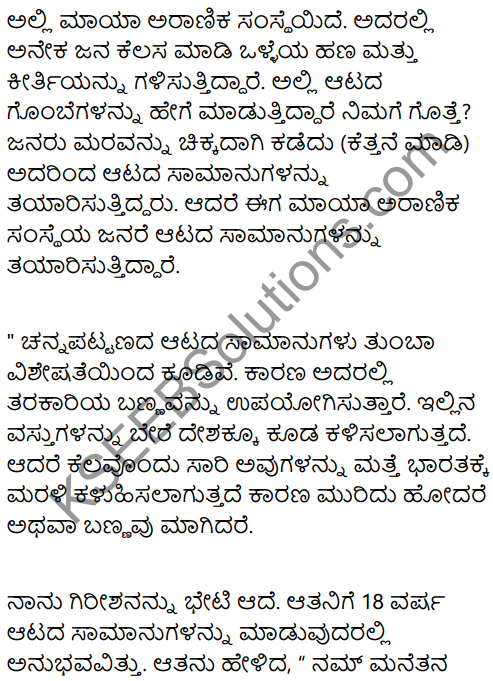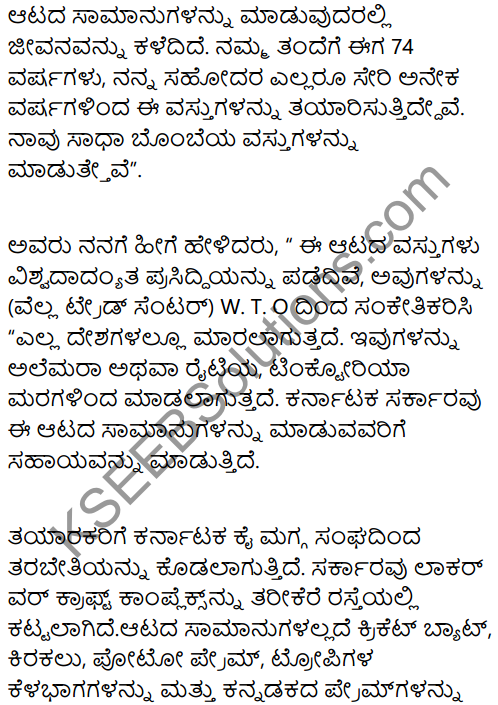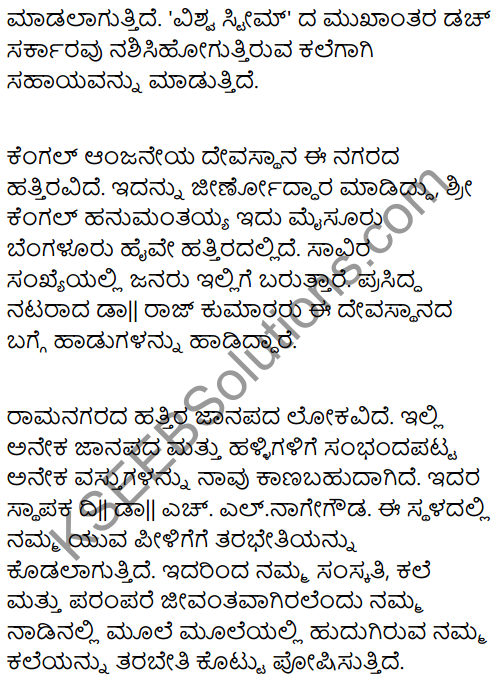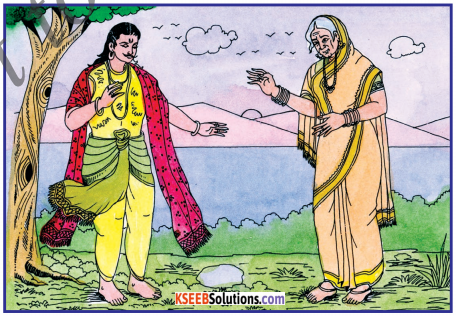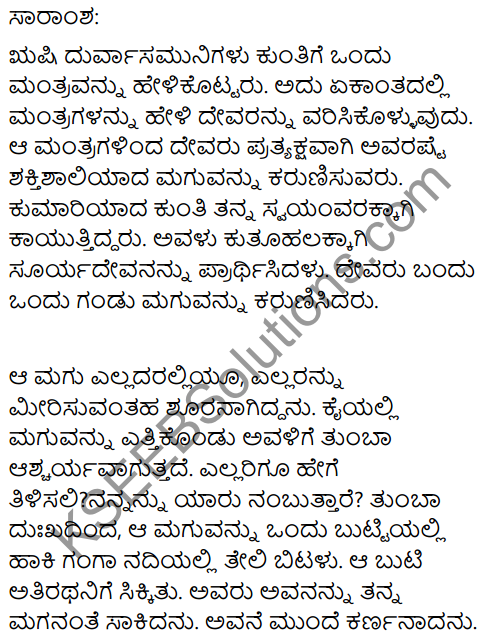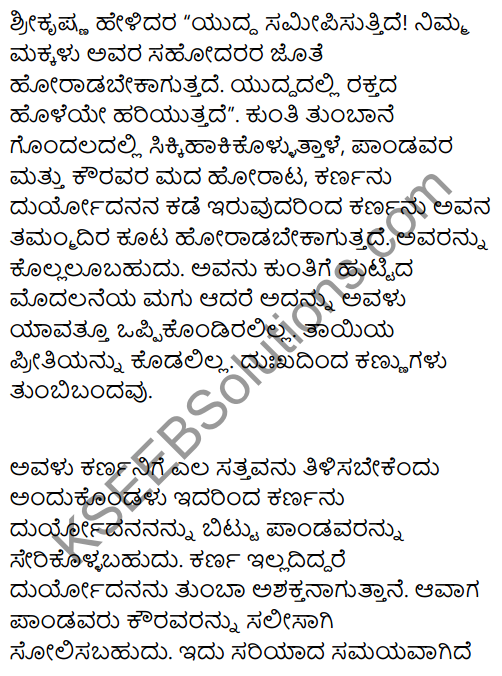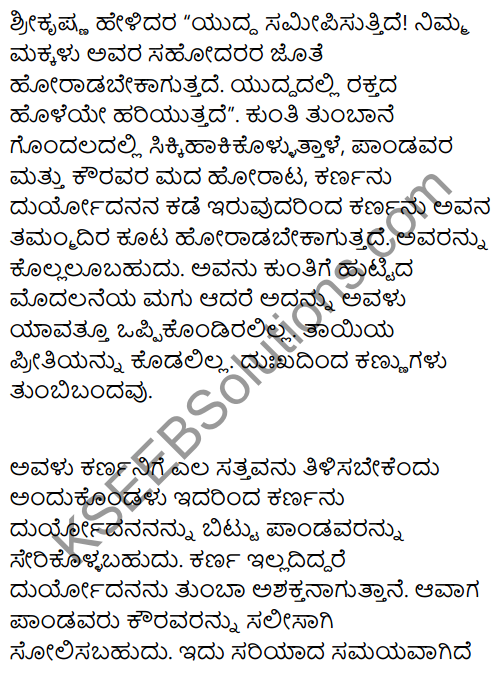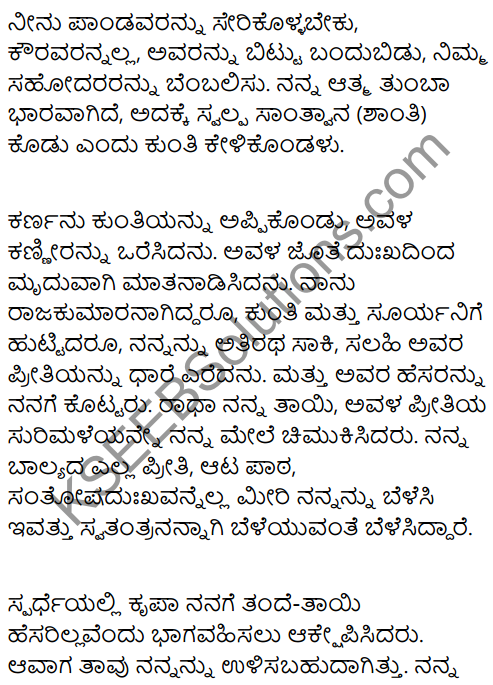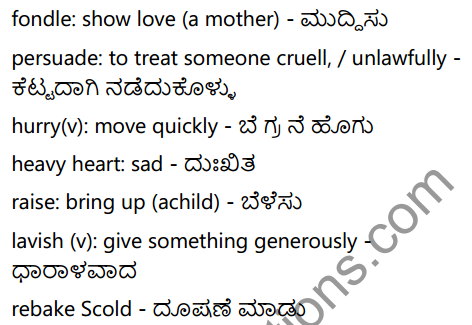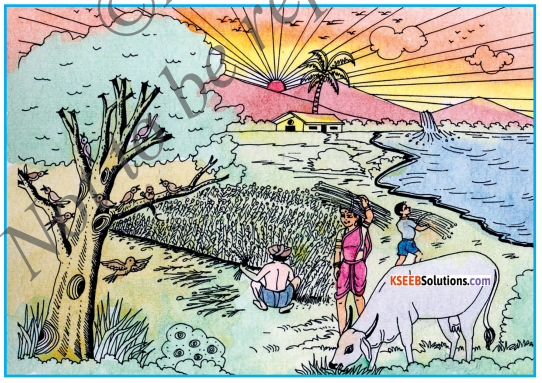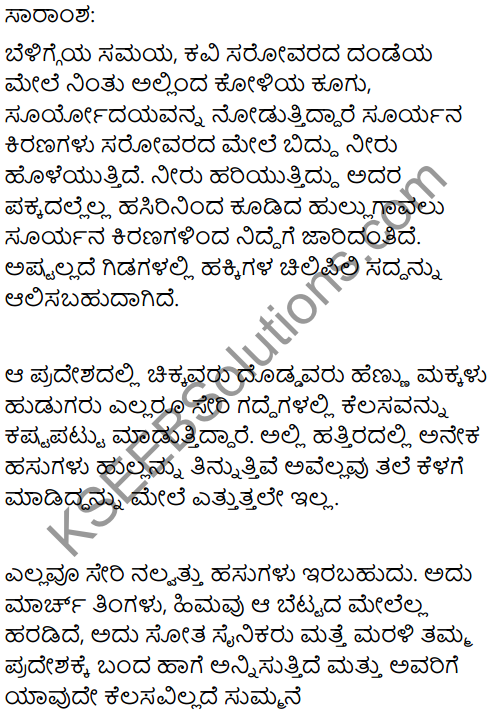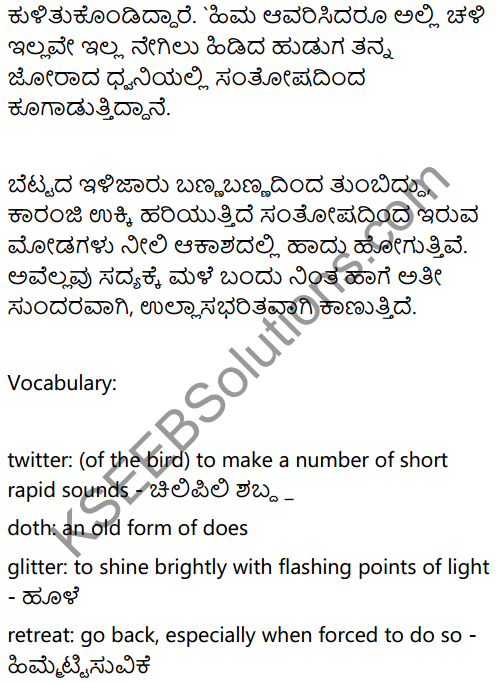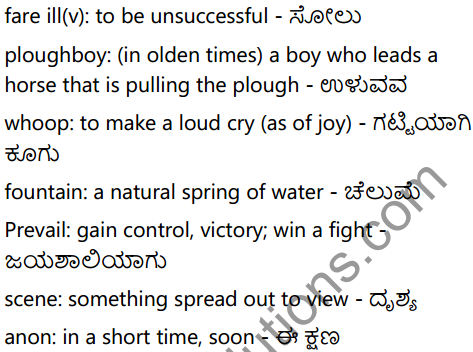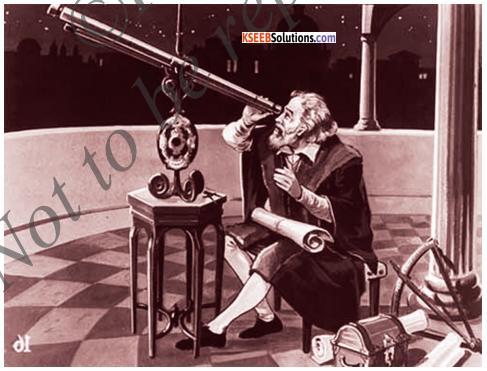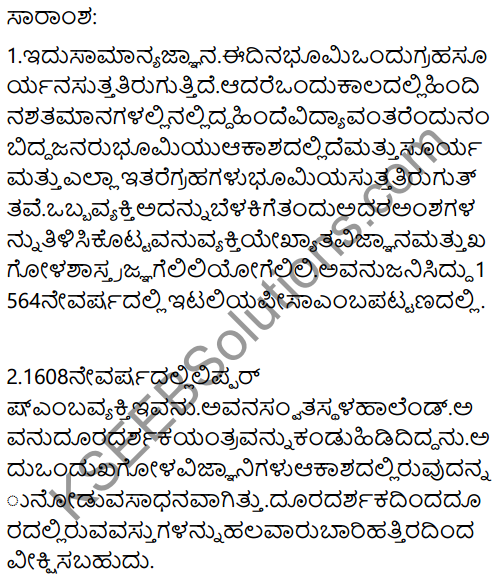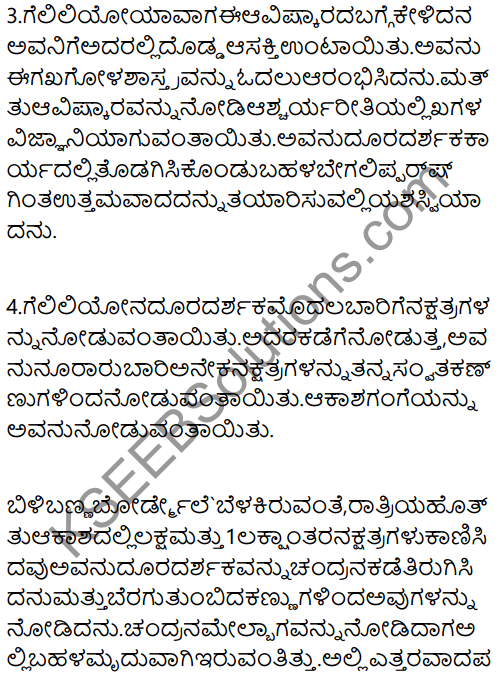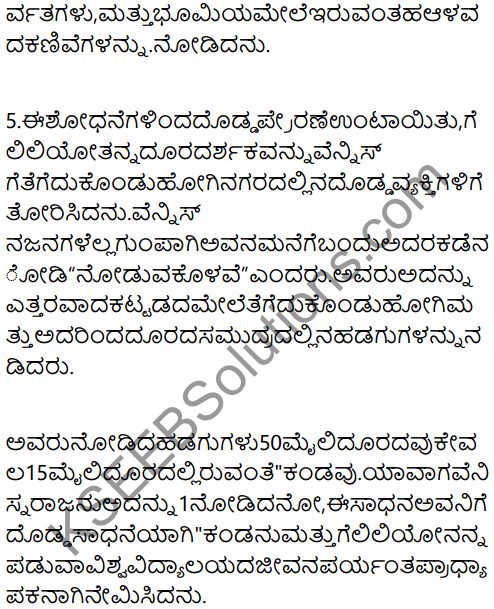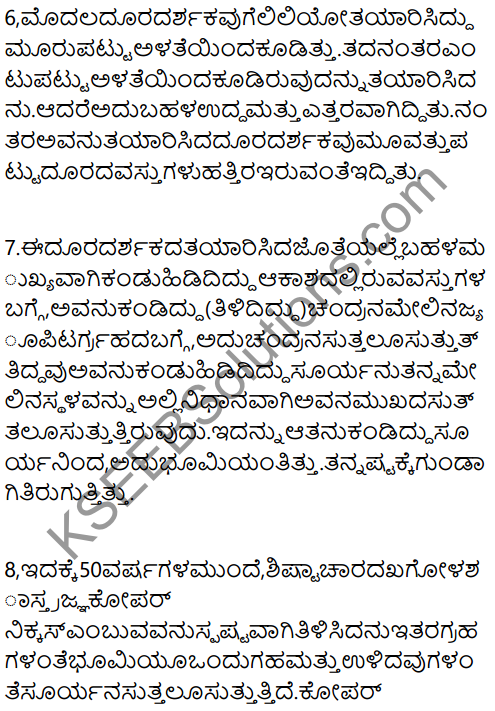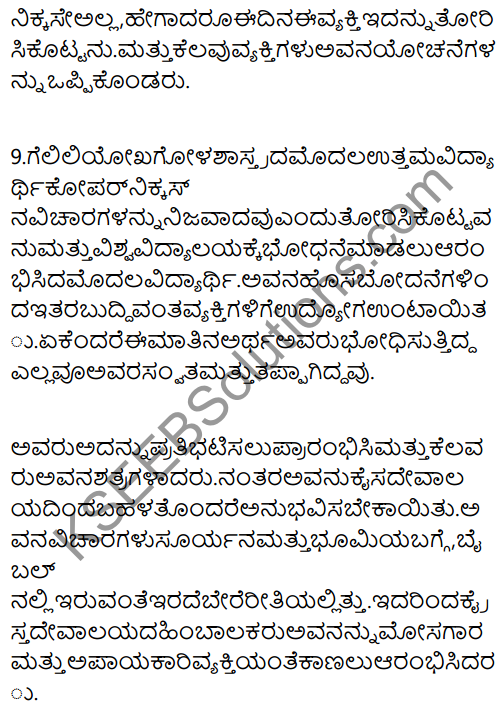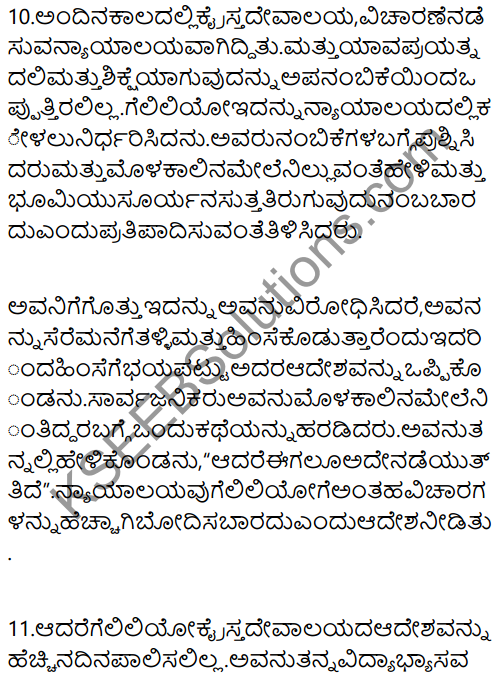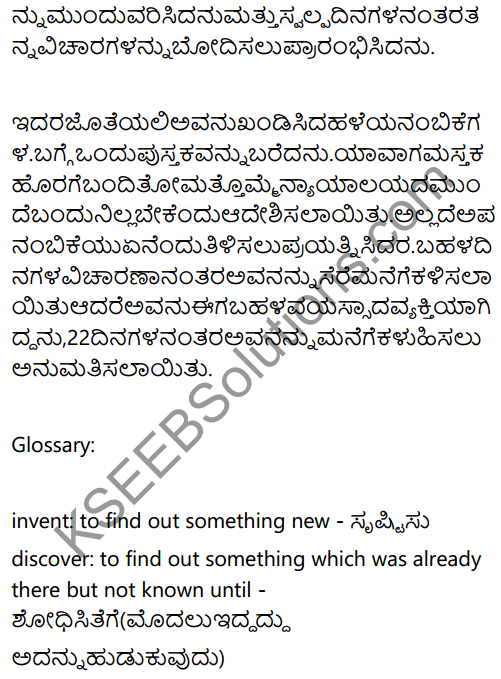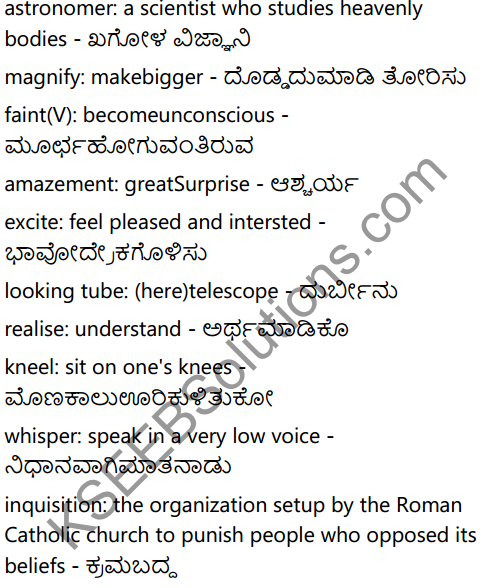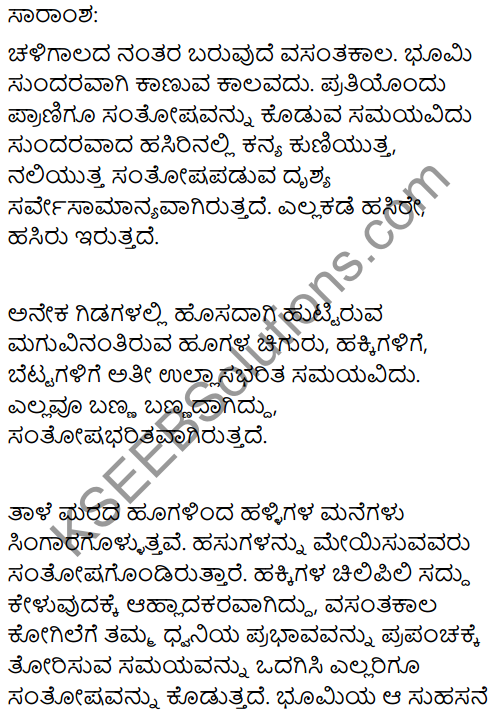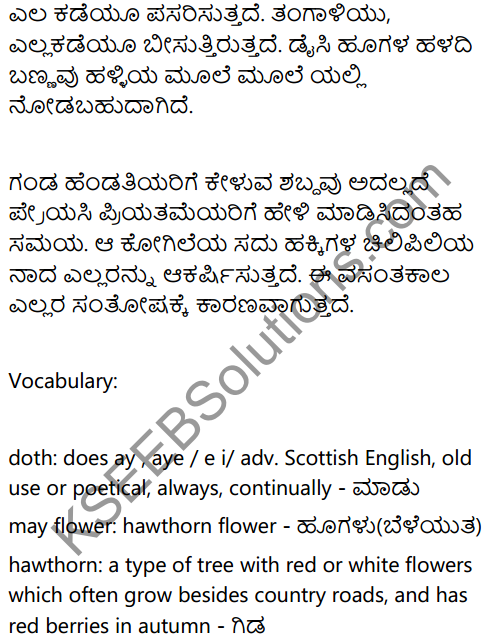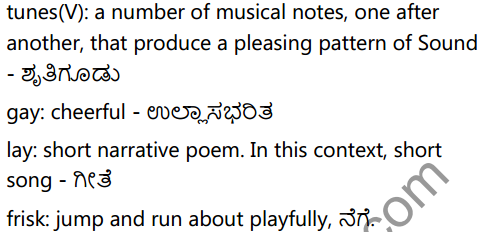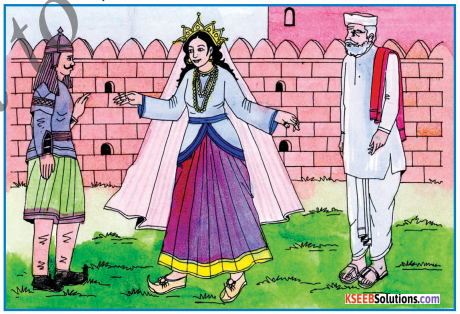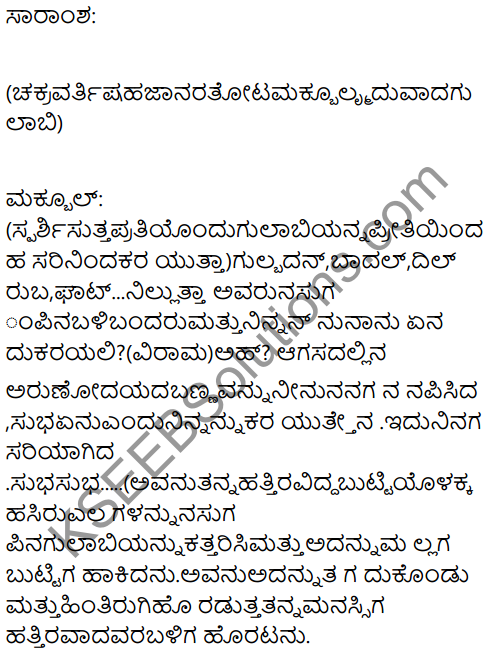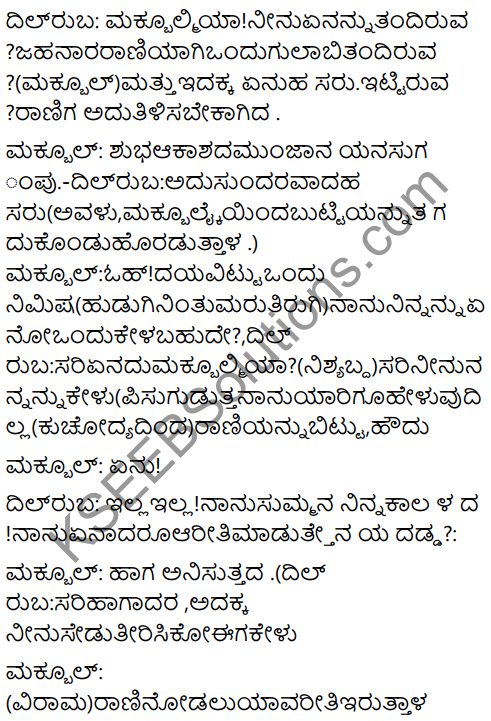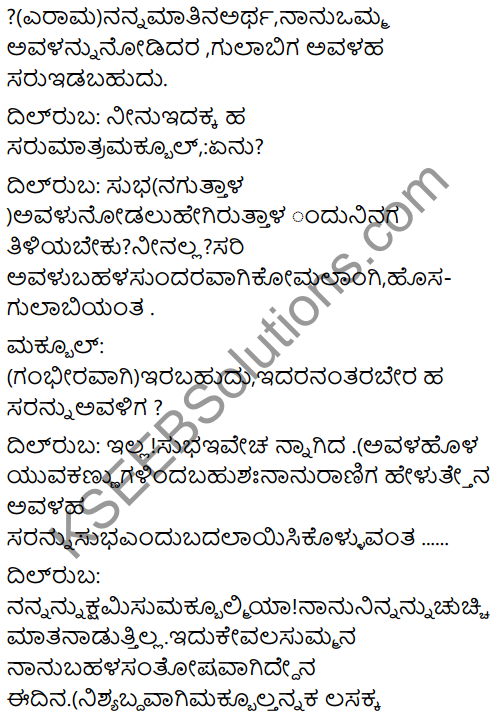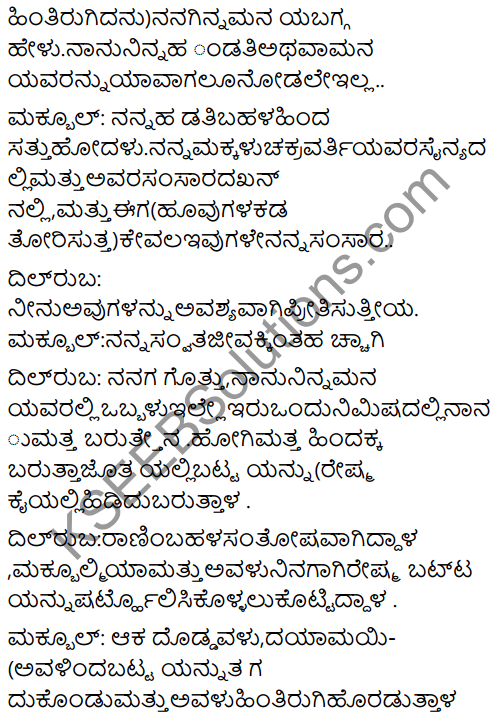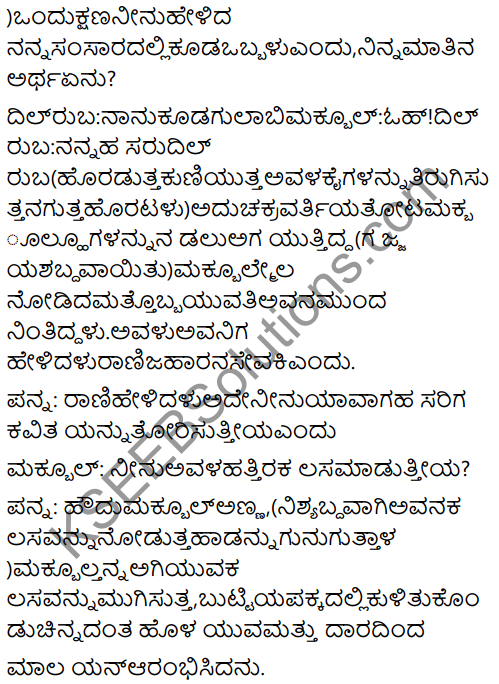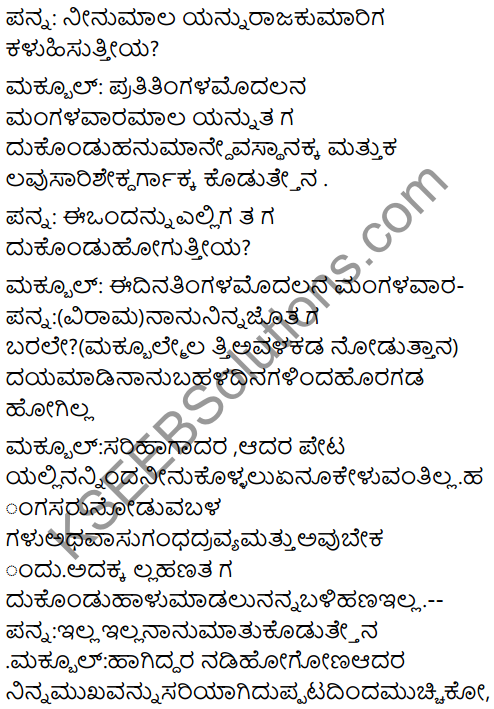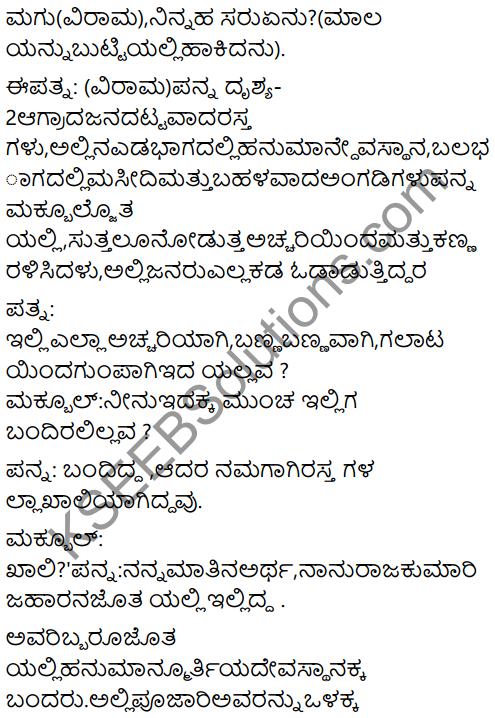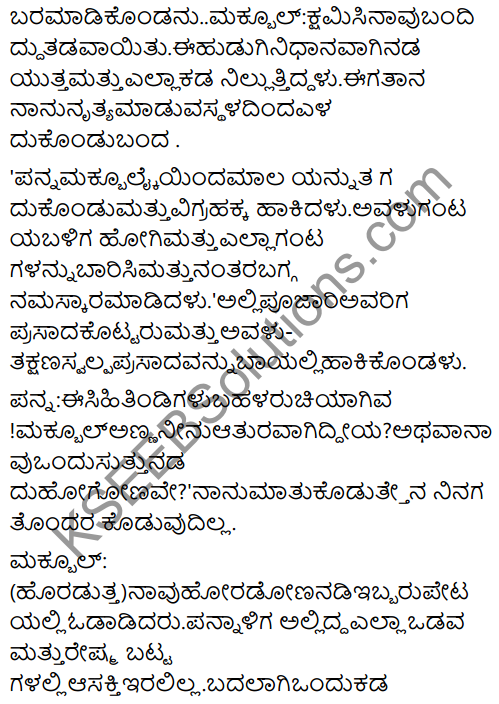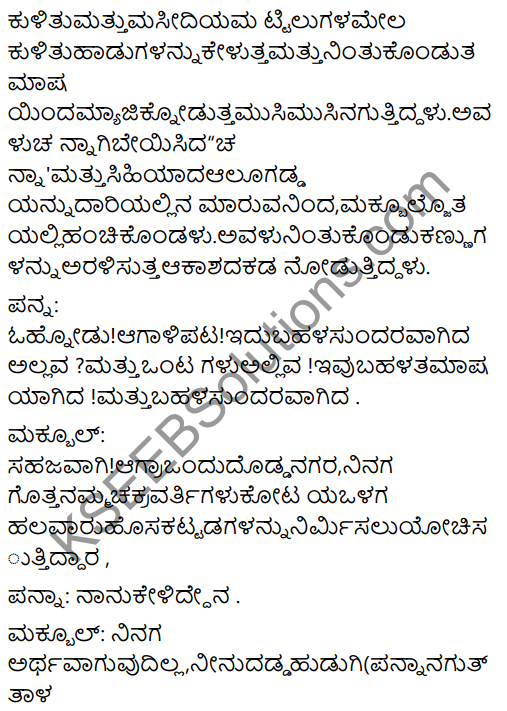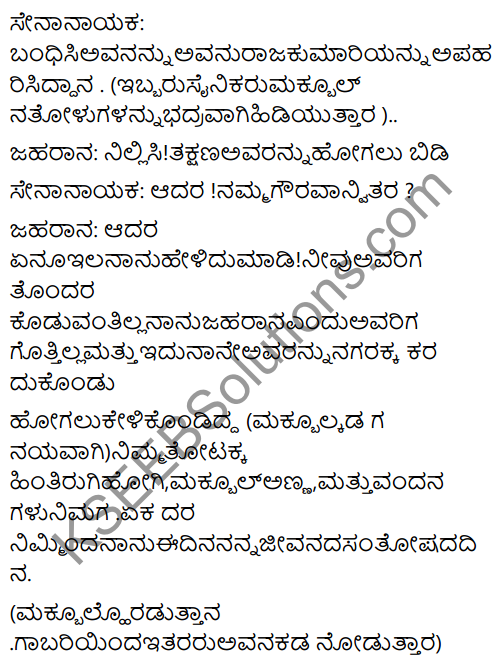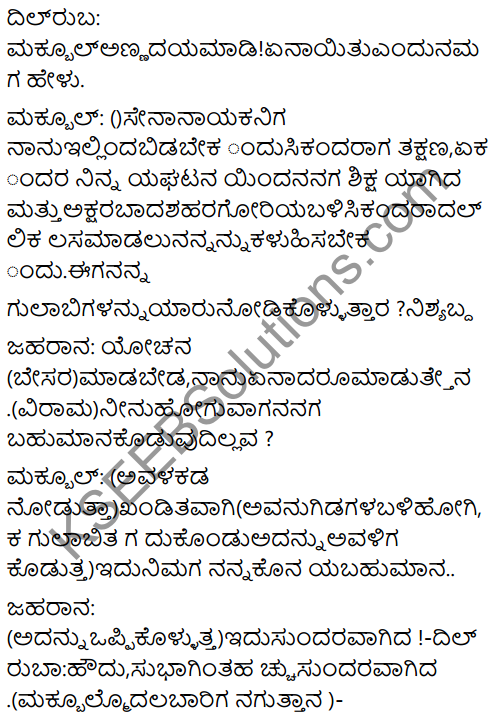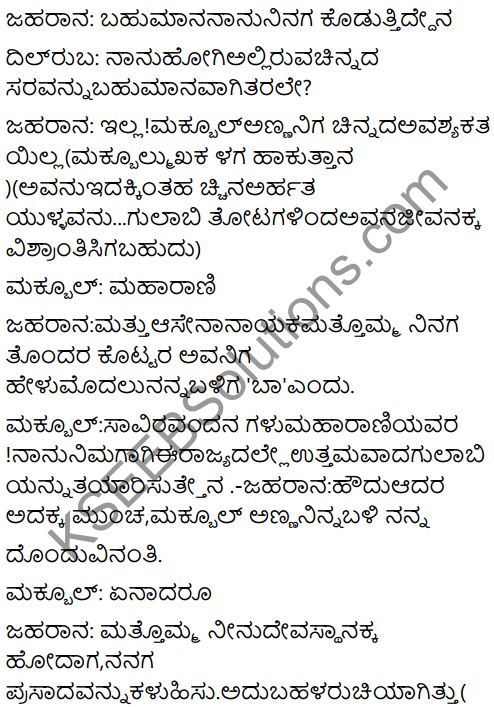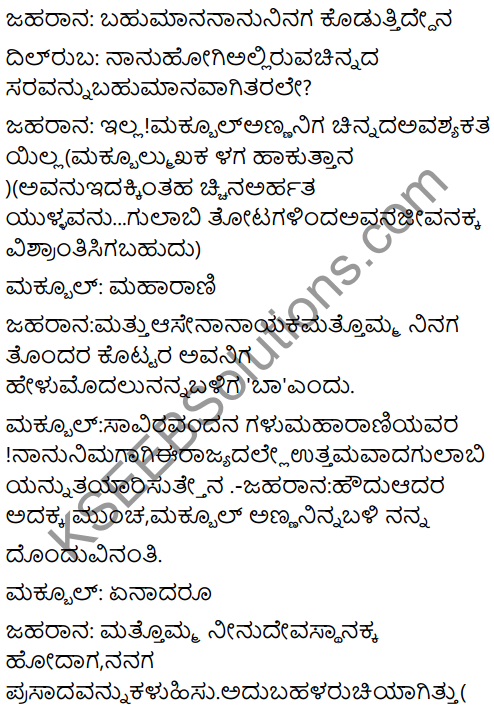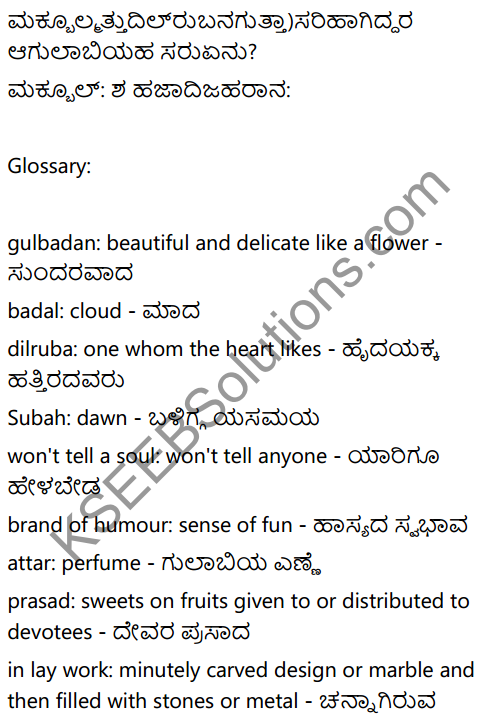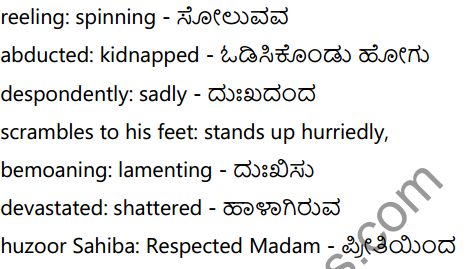KSEEB Solutions for Class 6 English Prose Chapter 7 I Want to Quit The I.C.S. Free PDF Download is available here. Karnataka State Board Class 6 English are prepared as per the Latest Exam Pattern. Students can prepar these English Chapter 7 I Want to Quit The I.C.S. Questions and Answers, Summary, Notes Pdf, KSEEB Solutions for Class 6 English Karnataka State Board Solutions and assess their preparation level.
Karnataka State Board Class 6 English Prose Chapter 7 I Want to Quit The I.C.S.
Prepared as per the KSEEB Solutions for Class 6 English Prose Chapter 7 I Want to Quit The I.C.S. can be of extreme help as you will be aware of all the concepts. These Karnataka State Board Class 6 English Chapter 7 I Want to Quit The I.C.S. Questions and Answers pave for a quick revision of the Chapter thereby helping you to enhance subject knowledge.
I Want to Quit The I.C.S. Questions and Answers, Summary, Notes
Pre-reading tasks:
Let us remember some of our great national Leaders.
Question a.
Who is the man who grew up to be a great leader after he came back from South Africa?
Answer:
Mahatma Gandhiji.
Question b.
Who is the man who wrote letters to his daughter when he was in prison? What more do you know about him?
Answer:
Pandit Jawaharlal Nehru.
Question c.
Who was the great leader who said, “Jai Jawan, Jai Kisan”?
Answer:
Lai Bahadur Shastri.
Question d.
Who is the national leader who is called “The Iron man of India”?
Answer:
Sardar Vallabhai Patel.
Question e.
Who built an army to fight with the British? What was that army called?
Answer:
Subhash Chandra Bose built an army to fight with the British.
I.N.A. (Indian National Army)
Tell your partner to answer these questions and write down what he/she says
1. Read the given extracts to your partner and discuss the answers with him/her.
Question a.
‘I’m writing this letter to you on a very important matter.
- Who is writing the letter here?
Here Subhas Chandra Bose is writing the letter. - Who is he writing to?
He is writing the letter to Deshabandhu Chittaranjan Das. - What is that very important matter?
The important matter is to know what works he would be able to allot to him in the great programme of National service.
Question b.
‘I want to quit the I.C.S.’
Answer:
- What was ‘I.C.S’?
Indian Civil Services. - Why did he want to quit the I.C.S?
He wanted to quit the I.C.S and join the freedom movement, - When did he pass the I.C.S?
He passed I.C.S in August 1920.
Question C.
‘Booklets will be published in every provincial language’?
Answer:
- Who would publish these ‘booklets’?
The Propaganda Department will publish in every provincial language. - Why should the booklets be published in every provincial language?
Because the provincial languages are different. - Would people be asked to buy the booklets?
No, the booklets would be distributed free among the general public.
2. Answer in two or three sentences each.
Question a.
Why did Subhash Chandra Bose think it proper to give a detailed introduction of his family and himself to C.R.Das?
Answer:
Subhash Chandra Bose was a stranger to C.R.Das. The introduction will make C.R.Das to recognize Bose.
Question b.
What options did he have in his mind after quitting the I.C.S?
Answer:
After quitting the I.C.S he wanted to plunge into national work with determination. He wanted to teach at the National College in Culcutta and take up. writing and publishing books and newspapers organizing village societies, spreading education among the common people.
Question c.
How did the Civil Service Examination help him?
Answer:
By the Civil Service Examination, he had on all-round education up to a certain standard in Economics, Political science. English, Law, Sanskrit, and Geography.
Question d.
Why didn’t he dare to write directly to C.R.Das? Who did he send his letter with?
Answer:
Then Bose was I.C.S probationer and his letters will be censored. So he sent that letter through a trusted friend of him.
3. Work with your partner and discuss the points raised in these questions. Give your reasons for what you say. Write down what you say:
- Subhas Chandra Bose was born in Cuttack, Orissa on January 23, 1897. His mother was Prabhavati and his father was Janaki Nath Bose. One of his elder brothers, Mr. Sharath Chandra Bose was a famous lawyer.
- Exactly how old was Subhas on the day he wrote this letter?
24 years, 1 month, 7days. - His very first words in this letter are polite and respectful – True.
- Subhas brags about his educational qualifications – Not True.
- In those days people sailed in ships to foreign countries. How many months after his graduation did Subhas travel on the sea to England? Did any elderly person accompany him? – After 6 months. No.
- Subhas says that he will remain in England till June 1921.
- Subhas spent his time traveling in England throughout his twenty month’s stay there – True.
- Subhas was still very young, but his heart was strong with patriotic feelings. He was prepared to serve his country as a teacher, educationist and as a social worker.
- You can understand if a young man says he wants to write books and artistes. But Subhas says he wants to publish newspapers. What would you say about this? – Patriotic feeling.
- What does Bose request C.R.Das to do? (See paragraph 5)
Allot work in the program of National service. - Subhas did not want C.R.Das to be questioned by some British officer – True
- Subhas says he doesn’t mind being questioned about letters addressed to him – True
- India was under British rule then, Bose says this had created problems for India – True
- The problems had to be studied closely. Who had to do it?
A permanent staff of national service. - What was the plan to make these problems known to ordinary people?
Booklets distributed free.
4. Reading:
Read paragraphs 6 and 7 carefully and pick out the sentences which contain the following words and phrases.
Question a.
lest
Answer:
I did not dare to write to you directly lest my letter should be censored.
Question b.
in a sense
Answer:
I am now in a sense a government servant.
Question c.
did not dare
Answer:
I did not dare to write to you directly.
Question d.
to give-up
Answer:
I desire to give UP the service with clear cut plans.
Question e.
of mine
Answer:
I am sending this letter through a trusted friend of mine.
Question f.
of course
Answer:
You may, of course, write to me.
5. Words in use:
Working with our partner, write down your own sentences with the words given below-

- Seetha most probably thinks she is always right.
- My mother recognized my friend very quickly.
- The students took part in the annual day function with much enthusiasm.
- Achievements are possible with determination.
- B.D.A allots sites for people.
- Ravi was overenthusiastic during annual day activities.
Language Function:
1. Read the sentences aloud to your partner. Tell him/her what the speaker is doing.
- If you get a first-class this time, I will buy you a bicycle (making a Present)
- You will fail in the examination if you sit all day before that T.V.(giving a warning)
- You will feel much better if you take these tablets (giving advice)
- If you do that again you will be punished (this ia a reprimand)
2. Now complete these sentences using the words given in the brackets:
- If you ask him, he will help you (help)
- If it rains he will not come (not come)
- Your father will punish you if you don’t go (don’t go)
- I will tell father to buy a T.V (T.V)
Writing:
3. Write down 6-8 sentences about what you think of Subhas’ character. Note that he was very young at that time.
Young Subhash Chandra Bose was a very intelligent boy. He cleared all his examinations easily. He had great respect for elders in the society. This he proved in his letter to C.R.Das. He was patriotism personified. He had many constructive ideas to serve the nation. He was very sure about the results of his service to the nation.
I want to quit the I.C.S Summary in English
The lesson ‘I want to quit the ‘I.C.S.’ is a letter written by Netaji Subhash Chandra Bose to DeshaBandhu Chittaranjan Das, seeking his advice, about what he should do after quitting Indian Civil service, a government service job.
The letter is written on 16 February 1921, from the Union, Society of Cambridge University.
In the letter, Subhash Chandra Bose introduces himself to the ‘Deshabandu’, because he is a stranger to him.
He introduces himself as the son of Mr. Janakinath Bose who is a practising lawyer at Cuttack. His brother Mr. Sharat Chandra Bose is a barrister of Calcutta High court. He had passed his B.A. Examination with a first-class.
He had arrived at Cambridge in October 1919, and passed the Civil Service Ex-amination in August 1920 and secured a second place. After introducing himself, Subhas Bose writes that he has no desire to enter the government civil service. He is determined to enter national work after quitting Civil Service.
He assures Mr. Chittaranjan Das that he will have plenty of work to do, like teaching at the National college, established by Mr. Das and by writing and publishing books and newspapers, Organising village societies and educating the Indian masses.
He requests Mr. Das to let him know what works, he will be assigned by Mr. Das in the great programme of National service. He assures Mr. Das of his youthful enthusiasm to serve the nation. He is thankful to the Civil Service examination because it has provided him all – round education in Economics, Political Science, English, Law, Sanskrit and Geography.
He desires to give up civil services after making defhite plans of his future course because he wishes to not spend his time in aimless pursuits. He is eager to jump into the field of work at the earliest.
He has sent this letter to Mr. Das through a trusted friend, fearing censorship by the British administration and in future his correspondences will be through his trusted friend. Subhas Bose also writes that he had formed a few ideas regarding Indian National Movement. He believes that there must be a permanent meeting place, perhaps a house and that there is a need for a research group to study the various national problems.
The Propaganda Department will publish these researches in every provincial language, among the public, for free. In addition to pamphlets, a book on each and every question in the rational life and the policies of the organisation with explanation should be published.
Subhas concludes his letter by writing that such questions are not new to Mr. Das. He finally says that he feels that there was tremendous work to do in the future through the movement. His wish was to be able to contribute to the movement in every respect.
I want to quit the I.C.S Summary in Kannada

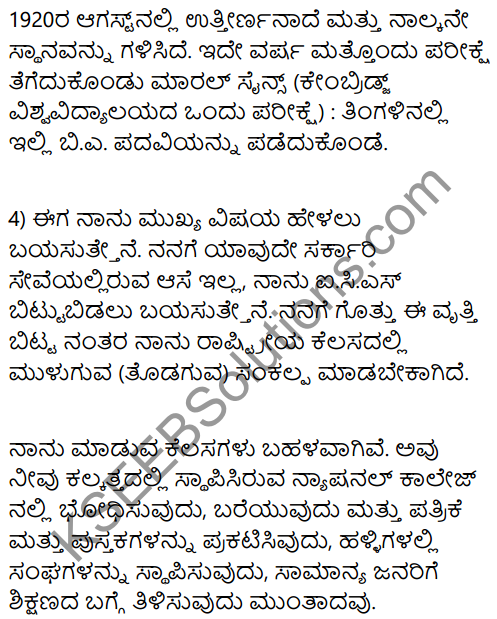
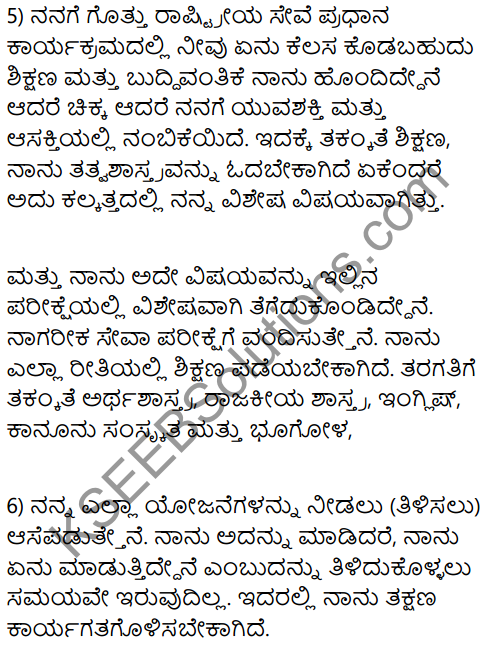
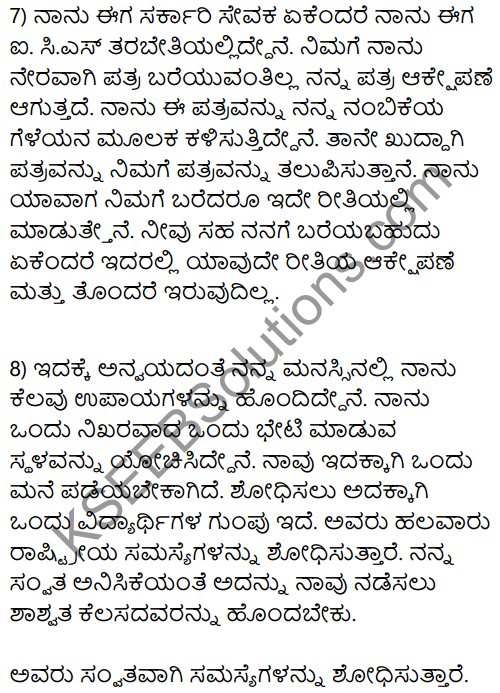
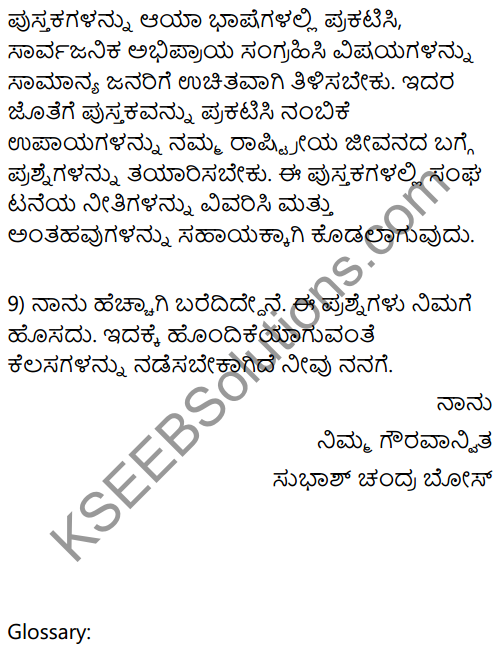
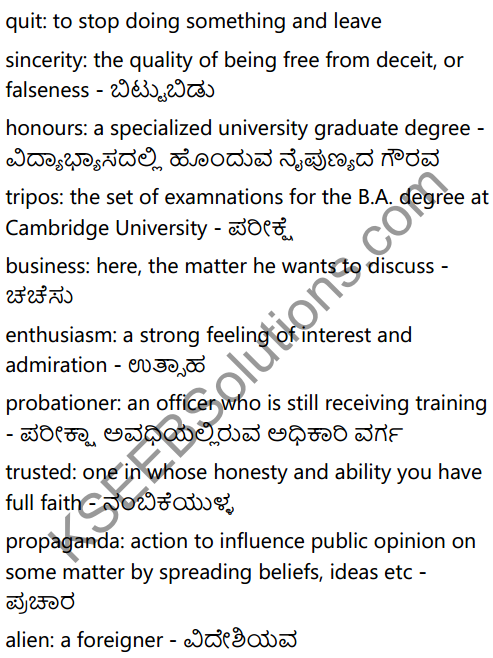
Hope the information shared regarding KSEEB Solutions for Class 6 English Chapter 7 I Want to Quit The I.C.S. Questions and Answers is true and genuine as far as our knowledge is concerned. If you feel any information is missing do react us and we will look into it and add it accordingly.
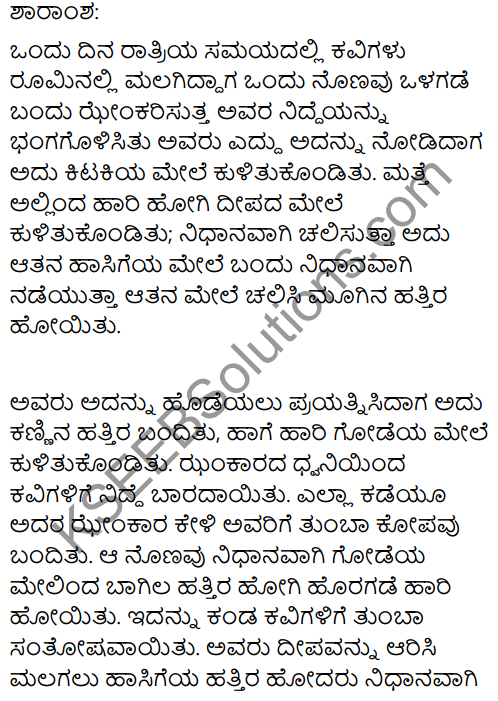
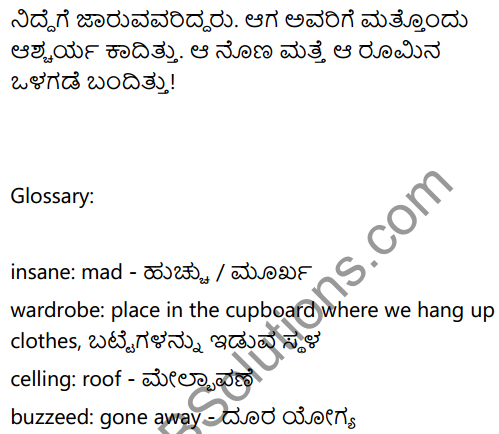

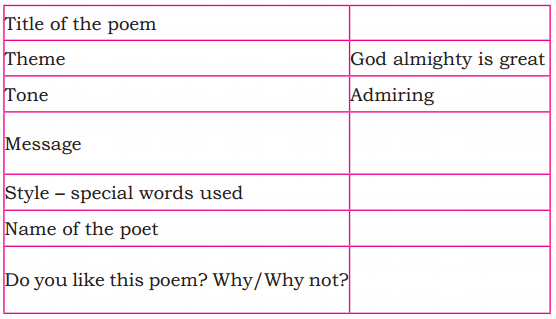
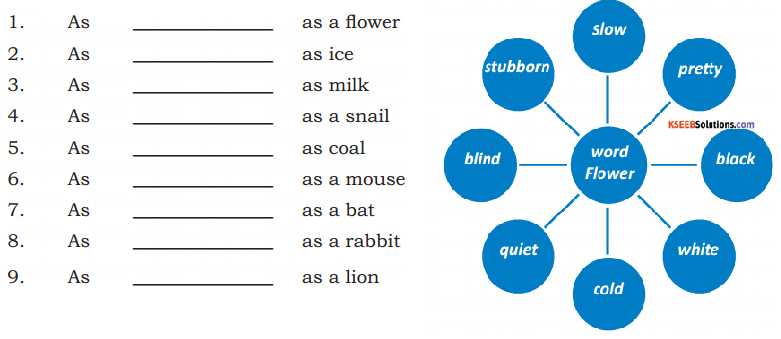
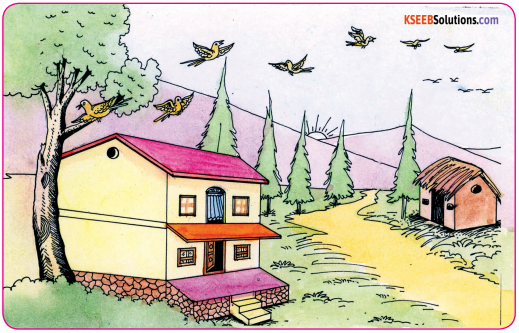
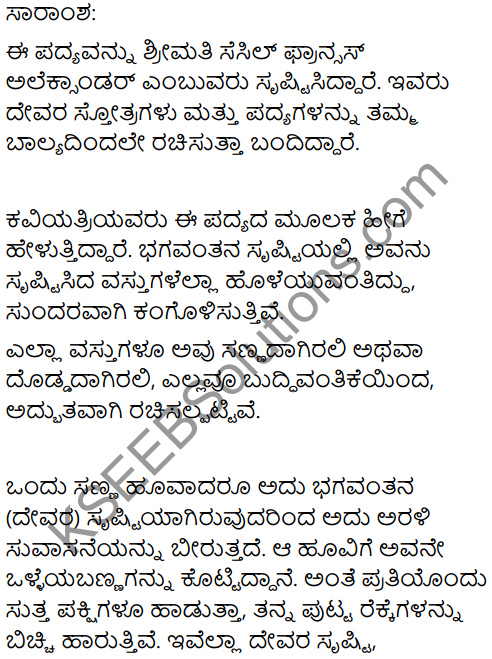
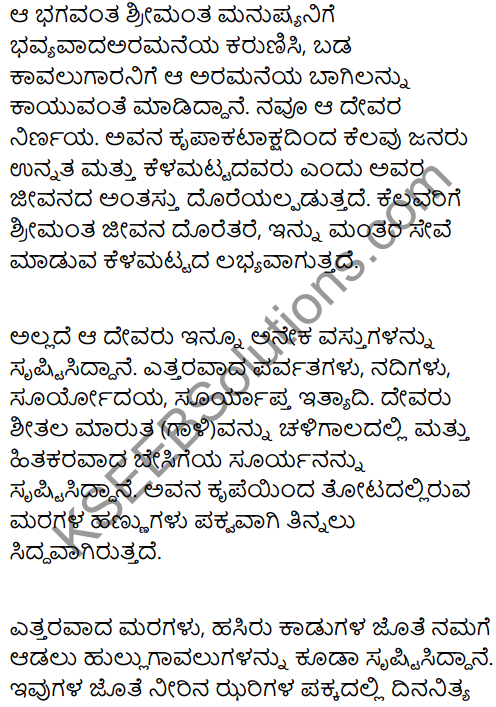
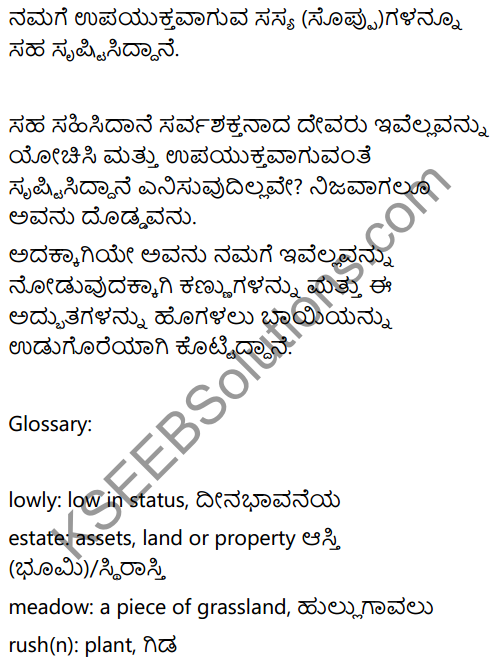

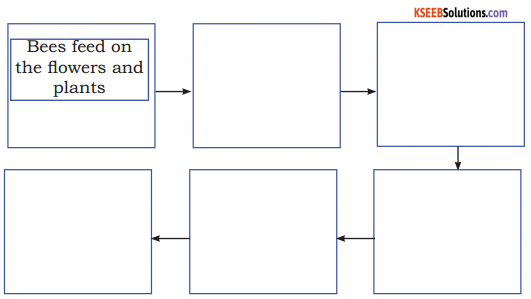
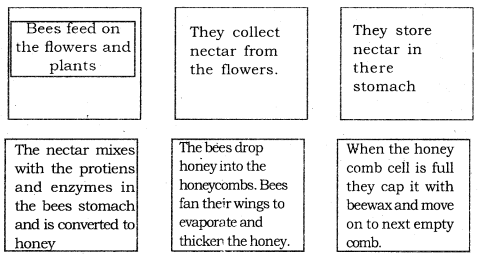
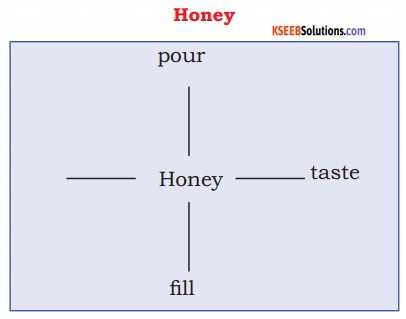
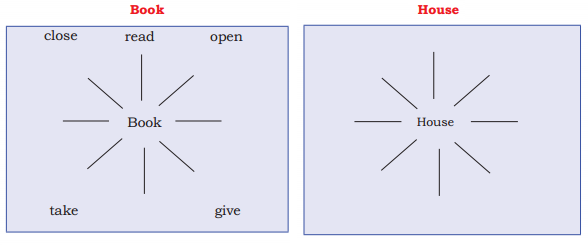
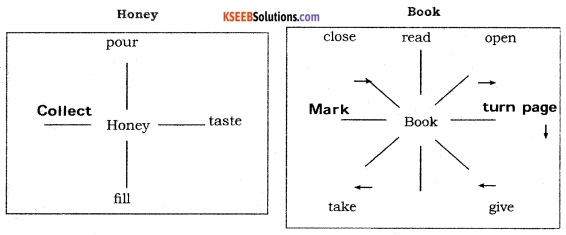
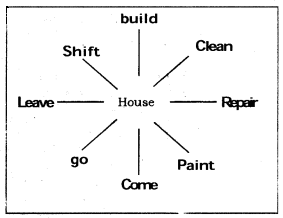
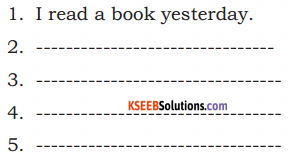
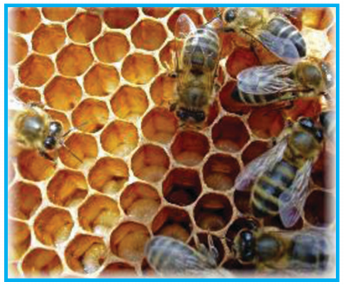

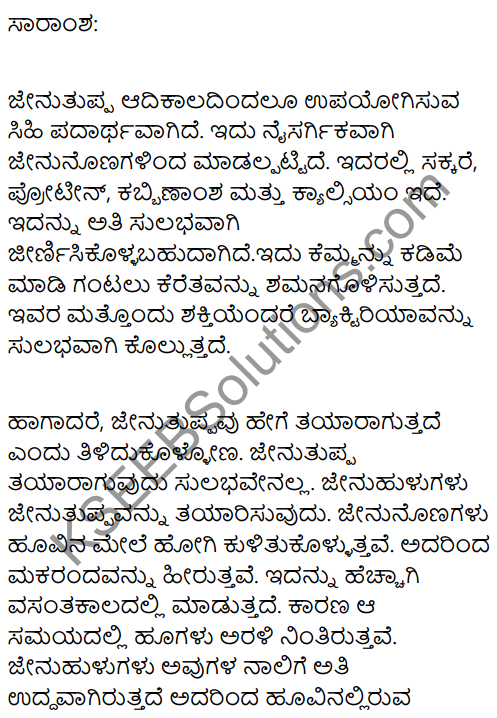

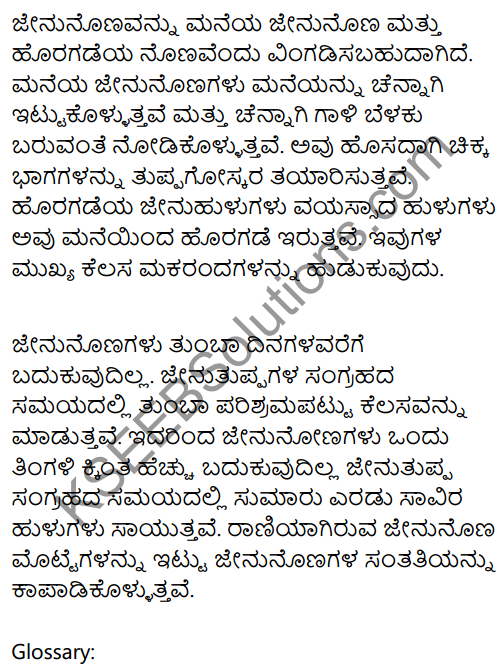
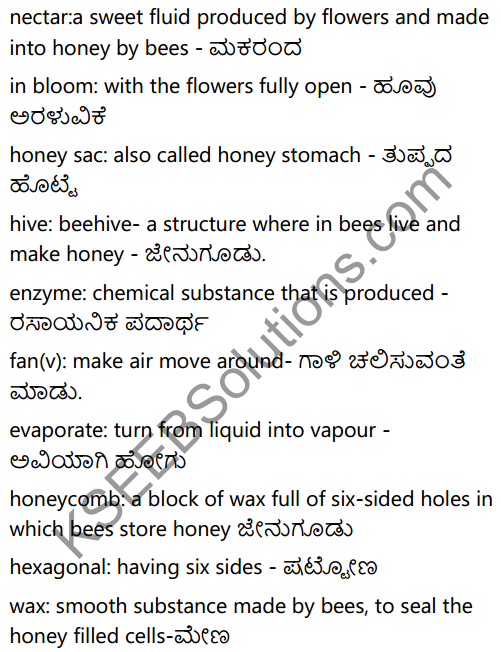
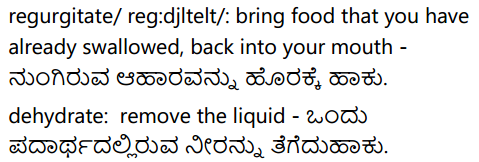
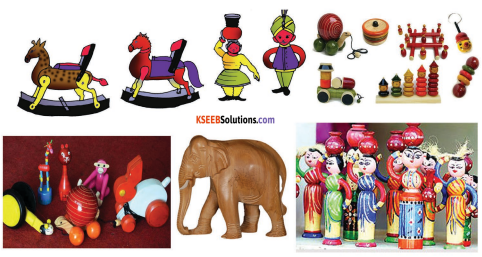

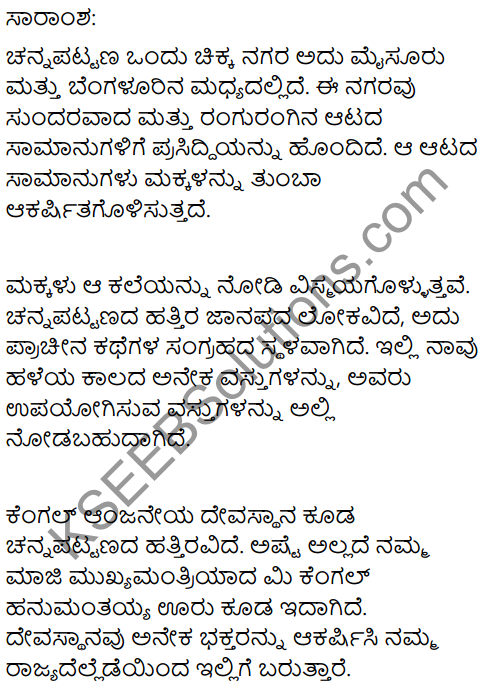
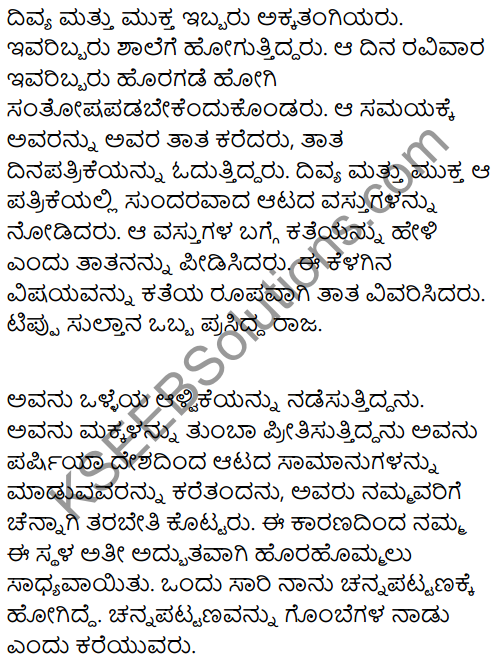 .
.